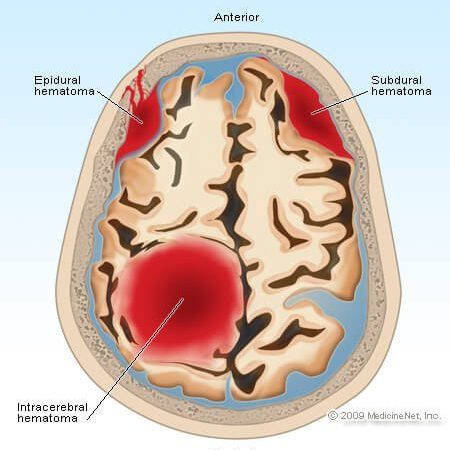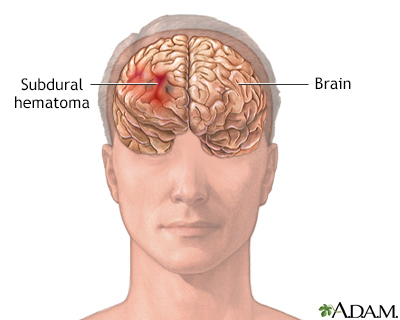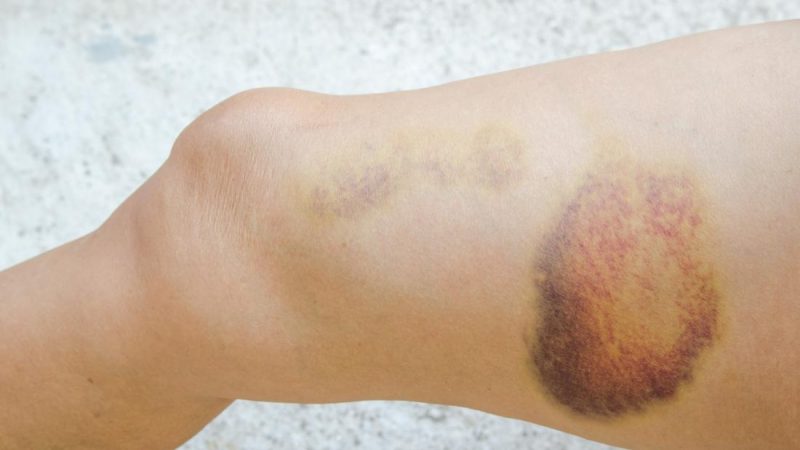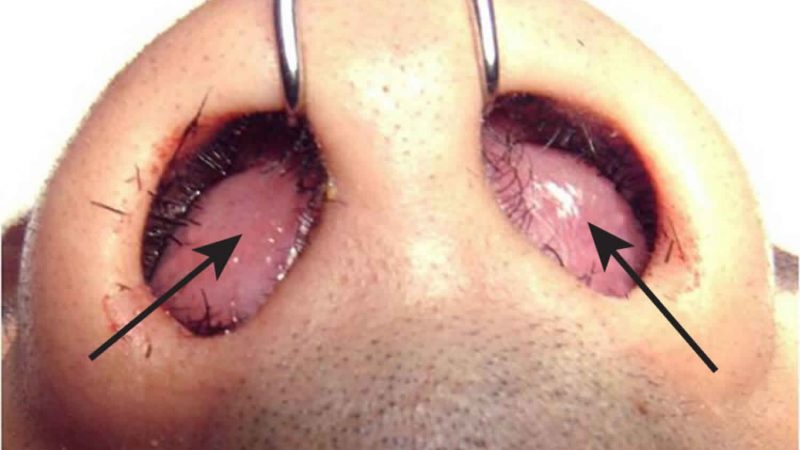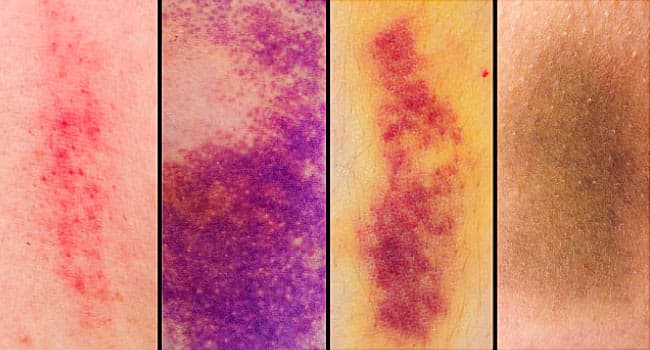Rib Cage Deformities in Children
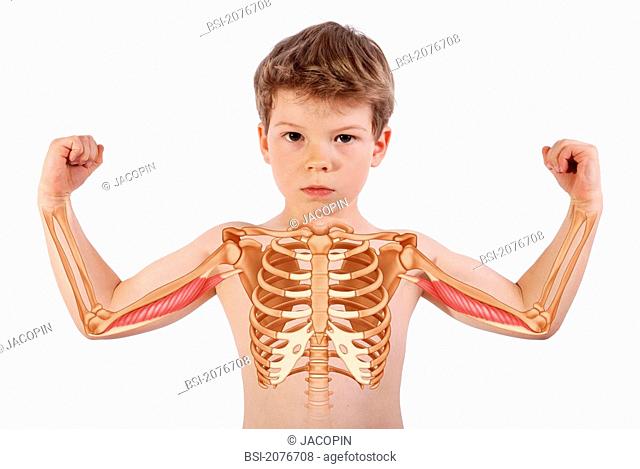
In ordinary turn of events, a child is brought into the world with 12 sets of rib cage. The number is something very similar for guys and females. The best seven ribs (called the genuine ribs) associate with ligament to the breastbone (sternum). The front finishes of the last five (the bogus ribs) either interface with ligament to one another (ribs 8 through 10), or don’t associate by any stretch of the imagination (ribs 11 and 12). The ribs ensure and account for the heart, lungs and different organs of the chest and mid-region.
A few children are brought into the world with rib cage disfigurements. These reach from minor departure from typical life systems to dangerous conditions that tighten the lungs. Rib deformations can take many structures, including:
- Extra (effusive) ribs
- Missing ribs (agenesis of ribs)
- Strangely short ribs
- Strangely formed ribs
- Ribs that are intertwined
At the point when rib distortions cause the chest to be excessively little for solid lung advancement, the condition is known as thoracic deficiency disorder.
Reasons for rib disfigurements
Some rib disfigurements happen because of hereditary changes. These might be acquired from one or the two guardians or may happen immediately as all over again quality changes.
In different cases, there is no known reason for the rib anomalies.
Rib distortions might show up in segregation, with no other physical inconsistencies, or in relationship with different issues, now and again as a component of a recognized condition or disorder. It is typical for individuals with trisomy 21 (Down disorder), for instance, to have an additional an or a missing pair of ribs, and the rib anomalies in these cases infrequently cause medical conditions.
Conditions in which critical rib distortions show up with other physical irregularities include:
- Jeune condition, additionally called suffocating thoracic dystrophy, which is portrayed by a strangely little chest and rib confine and serious breathing issues.
- Spondylocostal dysplasia (or dysostosis), an uncommon condition described by strange improvement of the spine and ribs. Individuals with this condition can have melded or missing ribs just as a strangely bended spine (scoliosis) brought about by deformed or intertwined vertebrae.
- Spondylothoracic dysplasia (or dysostosis), a condition portrayed by ribs that are intertwined at the parts closest the spine, alongside distorted or melded vertebrae. Children brought into the world with this condition have little chests and extreme breathing issues.
Jeune condition, spondylocostal dysplasia, and spondylothoracic dysplasia are altogether autosomal passive infections, which implies that the two guardians should convey the quality change for a kid to be brought into the world with the issue.
Spondylocostal dysplasia and spondylothoracic dysplasia have, previously, been viewed as minor departure from a solitary condition and called Jarcho-Levin disorder. They are presently considered separate conditions, and the name Jarcho-Levin disorder is considered out of date.
Signs and indications of rib disfigurements
Minor rib deformities may not be seen until identified on a X-beam, and may no affect a kid’s wellbeing. An additional a rib or a missing rib, on the off chance that it doesn’t influence the size or state of the chest, isn’t probably going to be seen, and is for the most part not a wellbeing concern.
Indications of more huge rib deformations might include:
- Tight or modest chest
- Deformed chest (from various missing ribs)
- Trouble relaxing
- Surprising development of the lower midsection as the kid takes in
At the point when rib distortions happen as a component of another condition or disorder, different side effects might include:
- Short height
- Bizarrely short arms and legs
- Short middle
- Inflexible neck
- Spine curve (scoliosis)
- Additional fingers or toes
Testing and analysis for rib deformations
Rib distortions might be distinguished before birth with ultrasound imaging. If not, indications, for example, little chest and breathing challenges after birth might recommend rib deformations, and the conclusion will be made with X-beams.
Hereditary testing might be utilized to affirm the analysis of an acquired condition including rib deformations.
Treatment of rib disfigurements
Treatment for rib disfigurements is controlled by the nature and seriousness of the anomalies.
If the deformations cause no medical issues and no inconvenience or stance issues, no therapy is required.
On the off chance that the distortions cause breathing issues or confine the improvement of the lungs (thoracic inadequacy condition), your kid might require breathing help, like intubation or tracheotomy. Your youngster’s clinical group might suggest vertical expandable prosthetic titanium ribs (VEPTR) medical procedure, an imaginative therapy that permits your kid’s ribs, spine and lungs to extend and develop. The VEPTR is carefully changed as your youngster ages until they arrive at a full skeletal development.
Follow-up care for rib disfigurements
In the event that your youngster has VEPTR medical procedure, follow-up visits will be needed to change the titanium ribs as your kid develops. At the point when your youngster has wrapped up growing, an extra methodology — spinal combination — might be vital.
If your youngster is determined to have a condition that is related with other wellbeing hazards, follow-up visits may likewise be expected to screen those dangers. Youngsters with Jeune condition, for instance, ought to be checked in follow-up visits for conceivable kidney, liver or vision issues.
Viewpoint for rib disfigurements
Your kid’s drawn out standpoint will rely significantly upon the seriousness of the rib deformations and regardless of whether they are essential for a condition related with other clinical issues or dangers.
Long haul results for kids going through VEPTR medical procedure are by and large great. The late Robert M. Campbell, Jr., MD, who was a muscular specialist at CHOP, made the main expandable rib in 1988. Slash’s broad exploration encompassing VEPTR, originating from Dr. Campbell’s initiative, showed a 70 percent endurance rate because of VEPTR medical procedure in the Jeune’s condition populace, instead of 20% without mediation.
Why Choose CHOP?
The Wyss/Campbell Center for Thoracic Insufficiency Syndrome at Children’s Hospital of Philadelphia (CHOP) is the principal program in the country dedicated exclusively to treating youngsters with complex spine and chest divider conditions that influence ordinary breathing and lung development, including rib deformations.
We assess many kids from around the world and deal total consideration, from assessment through long haul follow-up, utilizing the most recent advances and medical procedures. VEPTR medical procedure was designed by a CHOP muscular specialist, and has upset the consideration of youngsters with spine problems and confined lung development. Our middle is one of a couple of establishments on the planet to offer this progressive treatment. We perform in excess of 200 VEPTR and other development saving methodology every year.
Our group works together intimately with CHOP’s Spine Program, one of the biggest multidisciplinary projects of its sort on the planet, just as pulmonologists, cardiologists, cardiothoracic specialists, neurosurgeons, hematology subject matter experts, neuroradiologists, interventional pulmonologists and hereditary advisors all through the medical clinic.
